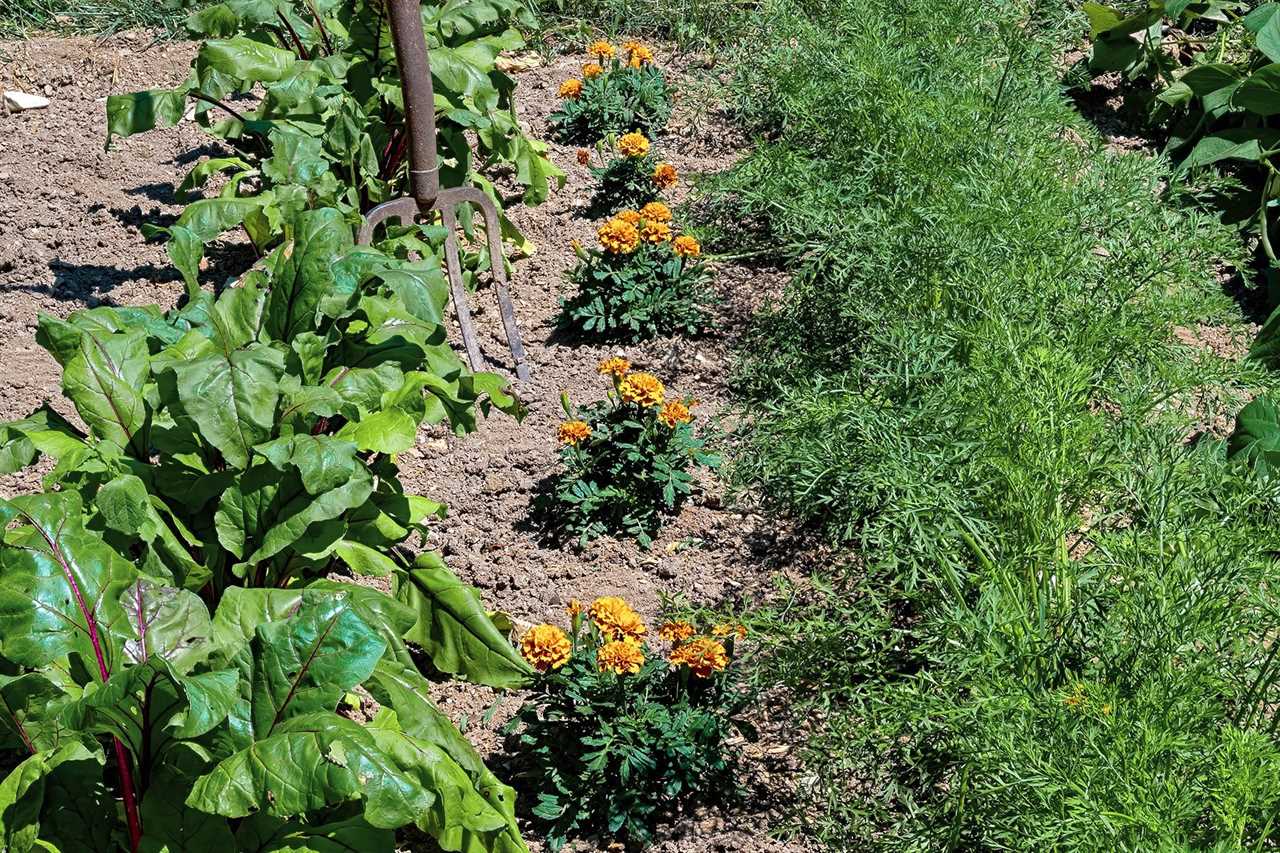If you are an avid vegetable gardener, you likely battle garden pests regularly. Whether they’re aphids, rabbits, or deer, some hungry critter always seems to be messing with your precious produce. Gardeners on TikTok have shared numerous methods for keeping pesky pests away, from wire mesh to DIY pesticides, but this week, user Rob Drucker (@unhandyhandyman) taught us a new favorite using huckleberry plants.
Drucker credits the pest control hack to subsistence farmer and TikTok garden influencer Bree (@thezenhenandthehoneybee), who touts companion planting as an amazing way to preserve your plants without pesticides. Check out both of their videos below, then read on to learn how you can try the huckleberry trap plant hack yourself and grow more vegetable varieties with other companion plants.
What Is the Huckleberry Trap Plant Hack?
Basically, the huckleberry trap plant hack is to plant a garden huckleberry bush—or multiple!— beside vegetable plants that pests often devour. Bree has planted the huckleberries near her sweet potatoes, hot peppers and tomatoes, while Drucker has planted them beside his peppers, and romaine lettuce. The huckleberry bush, when planted beside the crops, keeps them safe from insect pests. (If you’re fighting mammalian or avian pests, try these deterring tips.)
@thezenhenandthehoneybee Companion Planting is a game changer for those of us growing food without pesticides. Trap planting is one of my favorite ways to utilize companion planting. Gardening with nature truly is the solution to many gardening issues especially when it comes to natural pest control. I’m your Huckleberry 😏#companionplanting #organicgardening #growingtomatoes #growingpeppers #growingpotatoes ♬ original sound – TheZenHenandTheHoneyBee
Is the Huckleberry Trap Plant Hack Effective?
Though Bree admits that using huckleberry as a trap plant was “an accidental discovery,” she claims that it has completely changed the way she grows her crops. She explains that since using the huckleberry trap plant hack, her vegetables are “completely pristine and free of insects.” Similarly, Drucker says that while his peppers used to get “decimated by bugs,” since planting huckleberries, he “can’t find [one] leaf with an insect hole in it on [his] peppers or on [his] romaine lettuce.”
As an added bonus, the huckleberry plants will also successfully grow huckleberries, despite insects eating their leaves. Bree harvested enough huckleberries to make “the best jam [she’s] ever had.”
How Does the Huckleberry Trap Plant Hack Work?
Drucker explains, “The idea is that the huckleberries are a trap companion plant, and the bugs will go and eat the huckleberry leaves—which you don’t care about—instead of your plants.” This explanation perfectly describes the role of a “trap plant,” or a plant that is used as bait to draw pests away from more prized plants. For larger pests, might we suggest adding a wire mesh fence?
@unhandyhandyman Trap plant that works! #gardeninghacks #companionplanting #huckleberries @thezenhenandthehoneybee ♬ original sound – Rob Drucker
What Is Companion Planting?
According to Farmer’s Almanac, companion planting is “when two plants are grown near each other for the benefit of one of those plants or both […] the benefit can be one-way or mutual.” Author Catherine Boeckmann continues, “Companion planting could be as simple as growing flowers near your crops to attract pollinating insects or growing two vegetables alongside each other to confuse or repel pests.” While Bree describes the huckleberry as “the absolute best companion plant [she] has ever used,” trap plants are just one type of companion plant, and there are many other plant pairings you can try.
How Can I Try the Huckleberry Trap Plant Hack?
In the comments section beneath his video, Drucker answers questions from viewers on how to try the huckleberry trap plant hack themselves. To start, he suggests buying garden huckleberry seeds from a company called Thresh, available on Amazon.
From there, he recommends planting the huckleberry seeds about one foot away from your row of plants. Then, simply follow these tips for growing plants from seed and watch the insects flock to the huckleberry leaves.
How Can I Try Other Companion Plant Pairings?

If you are starting a vegetable garden, consider using some of the below companion plant combinations to further benefit your fruits and vegetables.
Companion Plants for Corn
Dill will help draw aphids and mites away from the corn crop. Dwarf sunflowers can attract ladybugs, which will consume any straying aphids. Finally, beans provide structural support and balance out the nitrogen in the soil to help corn flourish.
Companion Plants for Cucumbers
Once again, dill will act as a trap plant for aphids and mites, while nasturtium, oregano, radish and tansy can also repel insects such as cucumber beetles and ants. As a bonus, nasturtium and tansy are thought to improve the cucumbers’ growth and flavor.
Companion Plants for Green Beans
Nasturtium will draw aphids away from the beans, while lovage and rosemary can repel insects entirely. Additionally, sunflowers can provide useful shade so that the beans’ leaves don’t burn.
Companion Plants for Summer Squash
Like dwarf sunflowers with ladybugs, buckwheat will attract insect predators to eat zucchini’s pests. Oregano and zinnias can attract pollinators, while nasturtium draws aphids and whiteflies away from the squash.
Companion Plants for Tomatoes
Numerous plants can repel insects and worms that target tomatoes. These companion plants include calendula, asparagus, basil, borage and thyme. In addition to repelling insects, basil will also attract pollinators, resulting in larger, tastier tomatoes. Finally, dill will attract parasitic wasps that will eat any caterpillars looking to feast on your tomatoes.
Investigate more companion planting suggestions here. As long as you avoid these incompatible vegetable pairings, your garden should benefit greatly from its new companion plants!
Did you miss our previous article...
https://rsssuperfeeds.com/life-hacks/this-summer-you-can-buy-the-5-best-shed-kits-that-are-easy-to-build






